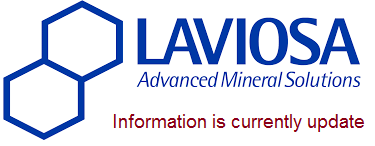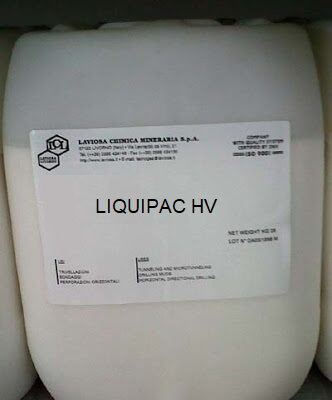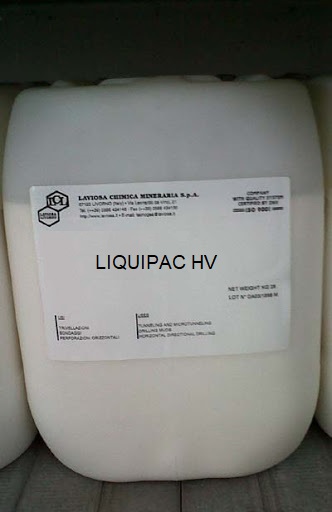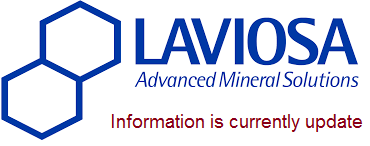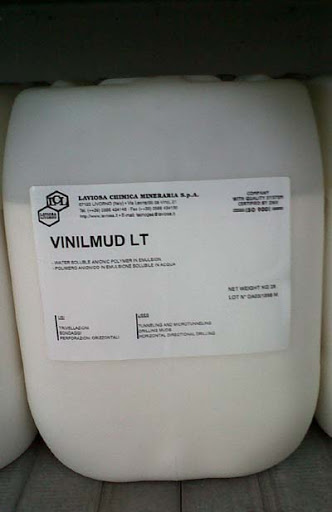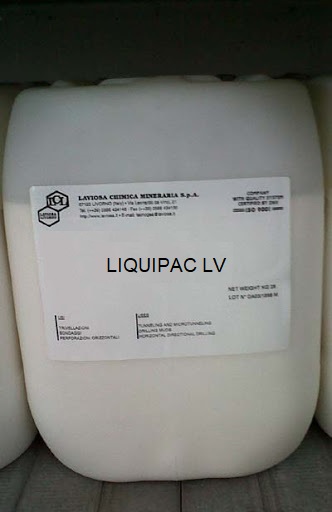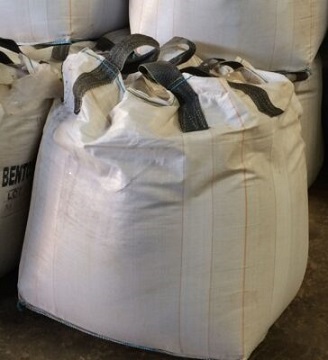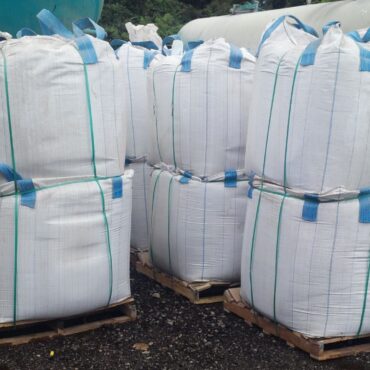- You have no items in your shopping cart
- Continue Shopping
Description
SUPERDEFLOC is used in water slurry as an ion source to precipitate calcium, deflocculate and regulate pH.
It is mainly used to treat slurry contamination by cement. It is a very weak, water-soluble base that dissociates ions in solution into sodium ions (Na) and bicarbonate ions (HCO3).
Physical
Property Aspect ……………………………………Blue powder
Density in Bulk ……. from 800 to 1090 kg/m3 (50 – 68 lb / ft³)
PH(1% SOLUTION) ……………..……………….8.1
Solubility in Water …………..12.8 g/100 ml at 30 ° C (86 ° F)
Application
- SUPERDEFLOC is effective in treating cement contamination. It precipitates calcium, regulates pH, and deflocs slurry contaminated with cement. The cement contains calcium hydroxide (lime) and other related components that increase pH and calcium. These changes can flocculate slurry based on bentonite, resulting in an increase in rheology and filtrate.
- In addition, high pH and presence of calcium can precipitate polymers, especially acrylic polymers such as VINILMUD LT and LAVIODIS.
- A typical SUPERDEFLOC treatment ranges from 5 to 6.0 kg / m³ of slurry (0.5 to 2.0 lb/bbl).
- The amount of cement to be drilled and the degree of maturation of the cement to be treated (dry, recent, soft, hard …) will have to be taken into consideration as calculation elements for all the treatments. Contamination with “fresh” cement will require more treatment. Treatments should be done gradually (1.5 kg / m³) to avoid over-treatment, which may lead to bicarbonate / carbonate contamination.
- When predictable, pre-treatment is recommended for slurry sensitive to cement contamination.
45kg of SUPERDEFLOC treats 40kg of lime which is equivalent to 60kg of cement.
- For every 45kg of SUPERDEFLOC used to precipitate lime from cement, the equivalent of 21kg of caustic soda (NaOH) results from the reaction as a by-product.
- For severely contaminated slurry, a pH reducing additive may be required to maintain the pH at an acceptable level. For example, in order to keep the pH constant, 35kg of citric acid (C6H8O7) will be needed for every 45kg of SUPERDEFLOC used.
Advantages
- Economical treatment to treat cement contaminations
- Concentrated chemical, it is effective at low levels of treatment
- Reduces pH, which helps maintain a reasonable pH in slurry soiled with cement
- Product classified as non-hazardous.
Usage limit
- Unless a low pH is desired, SUPERDEFLOC cannot be used to precipitate soluble calcium in water[1]based slurry and manufacturing water (mixing); Soda Ash should preferably be used to precipitate calcium and to soften the water of manufacture.
- When treating severe cement contamination, SUPERDEFLOC will not reduce the pH itself; in this case, an acid or other pH-reducing reducing additive should be used with SUPERDEFLOC.
- Overdose resulting in contamination of bicarbonate, carbonate. Even very small amounts of excess carbonate and bicarbonate ions can lead to significant increases in Yield (Yield Point) values, gels and filtrate.
Toxicity and Handling
Biological information is available on request.
Consider and use SUPERDEFLOC as any industrial chemical, wear appropriate work clothing and observe the precautions described in the MSDS.
SUPERDEFLOC is considered a non-hazardous product. It is slightly alkaline which can cause mild irritation to the eyes and skin.
SUPERDEFLOC should be added slowly to the slurry through the mixing system in the Venturi funnel.
Do not mix SUPERDEFLOC directly with acids or alkalis, including citric or acetic acid, caustic soda, and lime.
Package & Storage
-
- 25kg multiplied bags or 1.1Ton Big Bags.
- Store the product in a safe place away from water, remove acids and alkaline chemicals.

